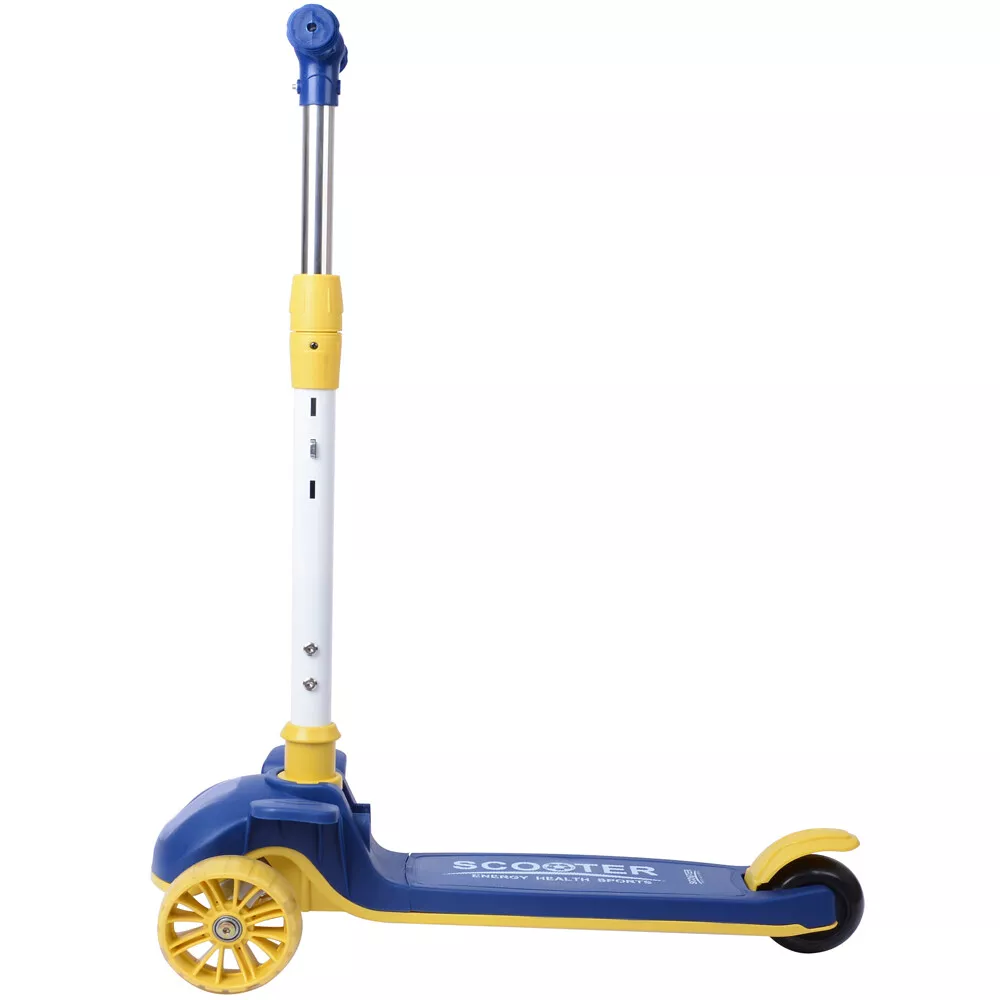The Rise of Electric Scooters Revolutionizing Urban Mobility
In the ever-evolving landscape of urban transportation, electric scooters have emerged as a compelling solution for the challenges posed by city congestion, pollution, and the need for efficient short-distance travel. With the proliferation of e-scooter rental services and increased consumer interest in personal electric mobility devices, we are witnessing a significant shift in how people navigate urban environments.
Electric scooters, often referred to as e-scooters, are lightweight, two-wheeled vehicles powered by electric motors. Their design typically accommodates a rider standing on a footboard, using handlebars for steering, and they are typically equipped with rechargeable batteries. With the capacity to travel at speeds of up to 25 km/h (15 mph) and covering distances of 20 to 40 kilometers (12 to 25 miles) on a single charge, e-scooters offer a convenient alternative for commuters, tourists, and anyone needing a quick way to get around.
The Rise of Electric Scooters Revolutionizing Urban Mobility
Moreover, e-scooters present a greener alternative to conventional modes of transportation. As cities strive to combat climate change and improve air quality, electric scooters offer a zero-emission transportation option. By switching from gas-powered vehicles to electric-powered scooters, cities can significantly reduce their carbon footprints, contributing to a cleaner and healthier urban environment. They also encourage individuals to choose a more sustainable mode of transport, which aligns with the global push for greener cities.
wlectric scooters

The convenience of e-scooters is unrivaled. Many major cities have embraced scooter-sharing programs, where users can locate, unlock, and rent an e-scooter through smartphone apps. This accessibility removes barriers to ownership and allows users to take advantage of e-scooters for infrequent trips without the responsibilities of maintenance and storage. Users can simply leave the scooter at their destination, contributing to a more collaborative and efficient transportation network.
However, the rapid adoption of electric scooters has not come without challenges. Safety concerns are paramount, as accidents involving e-scooters have raised questions about their regulation and the need for protective measures. Riders often navigate busy streets and pedestrian-heavy areas, leading to potential conflicts. To mitigate these risks, cities are introducing regulations, such as designated scooter lanes, speed limits, and mandatory helmet laws, to promote safe riding practices.
Another issue is the management of e-scooter infrastructure. Cities need to balance the placement of designated parking areas for scooters while preventing sidewalk clutter and ensuring pedestrian safety. Effective communication between e-scooter companies and municipal authorities is essential to develop solutions that enhance the user experience while prioritizing public space.
The future of urban mobility is undoubtedly intertwined with the innovation of electric scooters. As technology continues to advance, we can expect enhancements in battery life, safety features, and integration with other forms of public transit. Furthermore, as more cities adopt sustainable transportation policies, the role of e-scooters in day-to-day urban commuting will likely expand.
In conclusion, electric scooters are not only a trend but a significant player in the transformation of urban mobility. Their potential to alleviate congestion, reduce emissions, and offer a flexible transportation option is revolutionary. With thoughtful regulation, infrastructural improvements, and community engagement, e-scooters can pave the way toward more sustainable, efficient, and enjoyable urban travel for everyone.
-

 Scoot&RideKids Child Kick Push Scooter 3 Wheels with LED Flashing Tilt Lean Boys Girls Scooter
Scoot&RideKids Child Kick Push Scooter 3 Wheels with LED Flashing Tilt Lean Boys Girls Scooter




- 4
$33.17 -

 Scoot&RideKids Scooter Child Kick Flashing LED Light Up 3 Wheel Push Adjustable Folding 3
Scoot&RideKids Scooter Child Kick Flashing LED Light Up 3 Wheel Push Adjustable Folding 3- 0
$25.52 -

 Scoot&RideKids Scooter Child Kick Flashing LED Light Up 3 Wheel Push Adjustable Folding 2
Scoot&RideKids Scooter Child Kick Flashing LED Light Up 3 Wheel Push Adjustable Folding 2- 0
$33.17 -

 Scoot&RideKids Scooter Teens Foldable Kick Push Scooter Adjustable Height Safe 2 Wheels
Scoot&RideKids Scooter Teens Foldable Kick Push Scooter Adjustable Height Safe 2 Wheels




- 4
$49.99
Meet our partners and discover what powers their creativity!
When you register for a Lohas scooter, you will receive a 10% discount on your first order and can be notified of sales, new product launches and other offers in advance.









